In Spain, the expression going out for tapas, or "ir de tapas" is often used as a synonym for an informal meal with a group of friends. A tapa is a small plate of food that is often served as a snack with a drink, and has the connotation of being less expensive and fun. For Spaniards the use of the word “tapa” emphasizes the social nature of going out and eating and drinking with friends ... and having a good time. This is an important part of Spanish culture. (see video)
When you go out for tapas, the food comes in different sized servings – raciónes, which are the large plates, media or half raciónes, and the "real" tapas with this smallest portion giving its name to the activity. Usually, you will start with cold appetizers, such as ham and cheese. For the main course, a typical dish would be solomillo, or pig sirloin.
For visitors this is a great way to try lots of different things without spending a fortune. If your group is small it’s best to order tapas. If it’s larger, order raciones to share. And, very important - when it’s time to pay, the waiter will expect one of you to pay the whole amount. Normally, you will divide the total amount by the number of people, and put the money together on the plate.
Jamón (cured ham)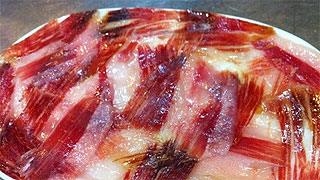
Jamón is possibly the most common cold tapa, together with cheese. The best (and most expensive) jamón is produced by the black foot (pata negra) Iberian pig, which is fattened on acorns (bellotas).
Photo source: azahar-sevilla.com
Queso (cheese)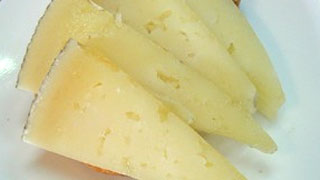
Most cheese in Spain is from either goats or sheep. The most common cheese tapa is "Queso Viejo", or cured sheep's cheese, often Manchego, which comes from La Mancha. Grilled goat cheese with honey is also a popular tapa.
Photo source: azahar-sevilla.com
Gambas (prawns)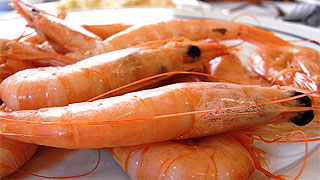
When served as a starter they are quickly boiled and then plunged into cold water to maintain a firm texture. They may also be cooked "a la plancha" (grilled) in their shells, breaded and fried, or "al ajillo" - in sizzling garlicky olive oil.
Photo source: azahar-sevilla.com
Aceitunas (olives)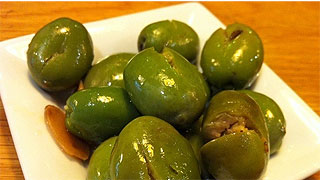
Aceitunas, or olives, are often served free as an appetizer when you order your first drink, to encourage you to eat and drink more.
Photo source: azahar-sevilla.com
Navajas (razor clams)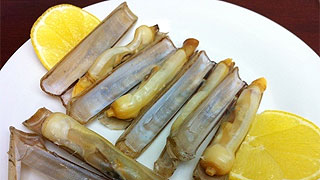
Navajas are served grilled ("a la plancha"). The availability of razor clams in a tapas bar is usually a sign of its quality, as the standard tapas bars do not have them.
Photo source: azahar-sevilla.com
Fritura Variada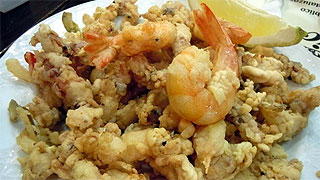
Mixed fish, usually breaded and fried. Sometimes served with "calamares al campo" which are actually breaded strips of onions and peppers.
Chipirones a la Plancha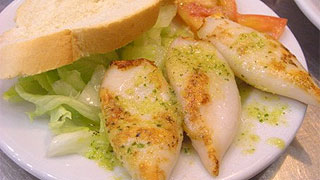
Small grilled squid served whole, often with a dash of salsa verde. If it's good it will melt in your mouth.
Pez Espada (swordfish)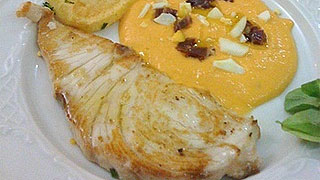
Like most fish, pez espada is best simply prepared, either grilled or breaded and fried.
Solomillo (pork sirloin)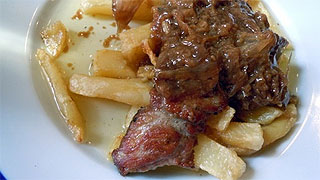
Solomillo (usually pork) is one of the most common meat tapas. Grilled and served with a variety of sauces, including whisky, roquefort and mushroom.
Photo source: azahar-sevilla.com
Secreto iberico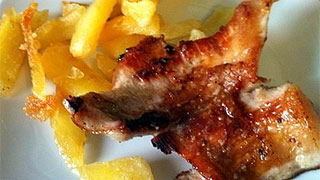
A more fatty cut of pork that has a crispy texture, usually grilled and served with potatoes.
Carrillada (pig's cheeks)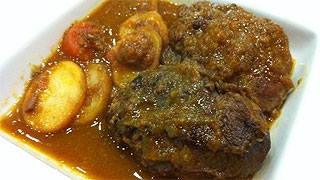
Carrilladas are slow-stewed for up to three hours, and served with a sauce (every bar has its own recipe). Tender and tasty "comfort food".
Croquetas de Puchero (croquettes)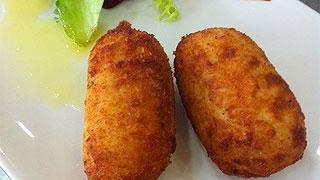
Croquetas can have all sorts of fillings. The "Puchero" version is filled with tender stewed meat, but they can also be filled with ham, cheese, spinach, chicken, fish and lots of other combinations.
Find the whole tapas thing a bit daunting? Local foodie Shawn Hennessey can take you on a tour of the best traditional and gourmet tapas bars, and shows you how it’s done. Her Sevilla Tapas website is also a great resource if you want to "do it yourself".